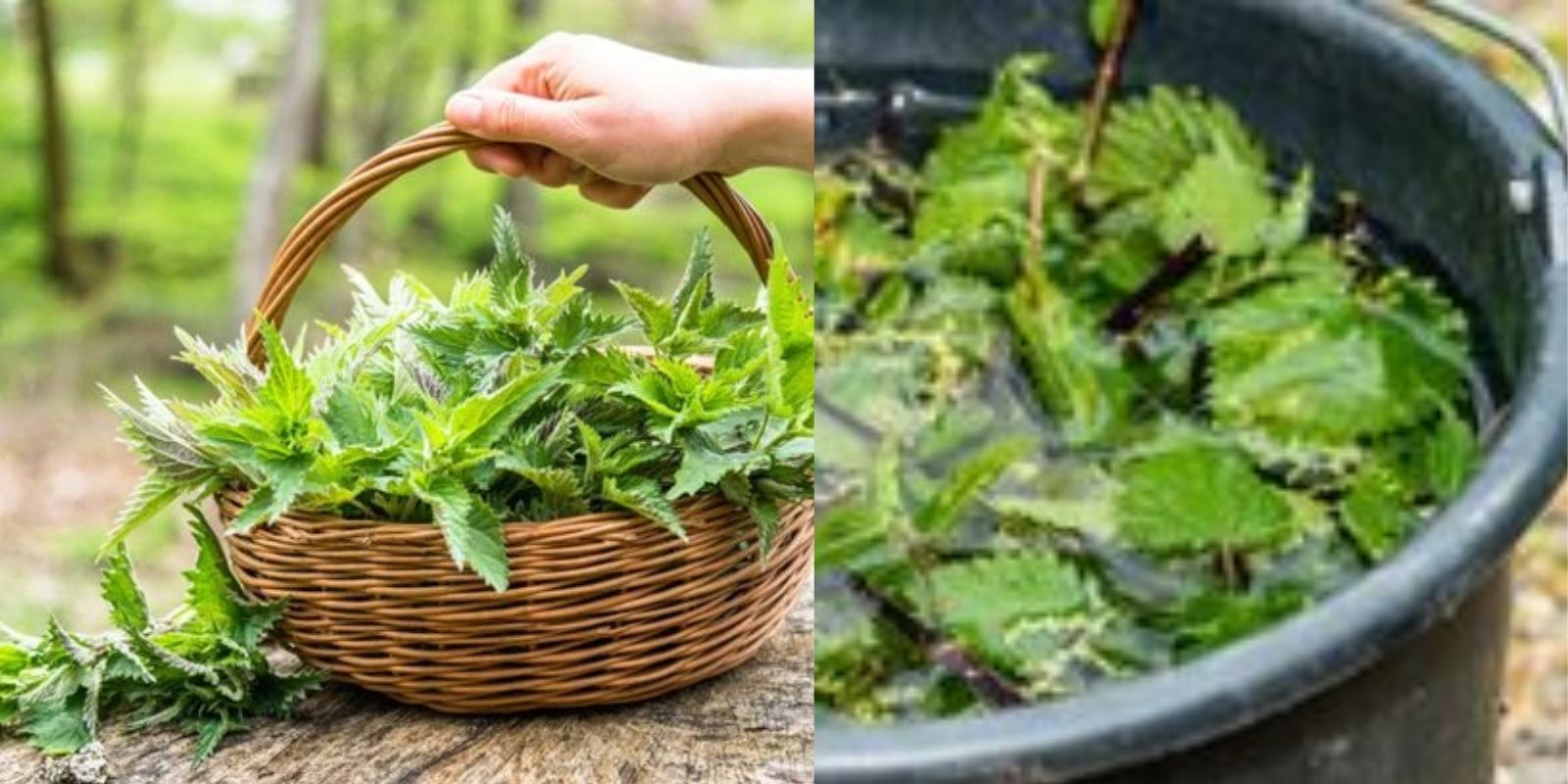Introduction
In a world where natural gardening solutions are becoming more popular, creating your own potent fertilizer and insecticide stands out as one of the simplest and most effective methods. This homemade concoction not only provides essential nutrients to plants but also wards off pests—all without the harsh chemicals often found in store-bought options. By tapping into the power of common kitchen ingredients, gardeners can ensure healthier, more resilient plants in a way that’s both eco-friendly and cost-effective.
The Benefits of a Natural Fertilizer and Insecticide Combo
Creating your own fertilizer and insecticide brings several advantages:
- Environmentally Friendly: Eliminates synthetic chemicals, supporting a healthier ecosystem.
- Cost-Effective: Uses readily available, inexpensive ingredients.
- Nutrient-Rich: Contains essential minerals and nutrients that promote plant growth.
- Effective Pest Control: Repels pests without harming beneficial insects.
With these benefits in mind, let’s dive into a straightforward recipe that will give your garden a natural boost.
Step-by-Step Guide to Making the Strongest Natural Fertilizer and Insecticide
Step 1: Gather Your Ingredients
The best part of this homemade mixture is that you likely already have these ingredients in your kitchen or garden. Here’s what you’ll need:
- Water (1 gallon): Acts as the base for the mixture, hydrating plants while delivering nutrients.
- Garlic (1 clove): Known for its potent insect-repelling properties due to allicin, which naturally wards off pests.
- Hot Peppers (2 small peppers, like cayenne or jalapeño): Capsaicin in peppers deters a wide variety of insects.
- Compost (1 cup): Provides nutrients to the plants, enriching the soil with essential minerals.
Step 2: Blend the Garlic and Peppers
- Begin by blending one clove of garlic and two hot peppers with a small amount of water until smooth.
- Garlic and peppers are key ingredients in this recipe, as they create a natural insect repellent while also infusing the mixture with bioactive compounds that deter pests.
Step 3: Steep in Water
- Pour the garlic and pepper blend into a gallon of water.
- Allow the mixture to sit for at least 24 hours. This helps extract the natural compounds from the ingredients, increasing the potency of the insecticide effect while also allowing the nutrients to infuse.
Step 4: Strain and Add Compost
- Once your mixture has steeped, strain it to remove any solids. This will ensure that your spray or pourable mixture flows freely.
- Add a cup of compost to the liquid, which boosts the nutrient content of the solution, making it an effective natural fertilizer.
- Stir the mixture thoroughly to ensure the compost is well-dissolved.
Step 5: Apply to Plants
- For an effective and gentle application, use a spray bottle to apply the mixture to the leaves and stems of your plants, as well as to the soil around the base.
- Apply every two to three weeks for optimal results.
Tips for Success
- Do a Spot Test: Before applying fully, spray a small amount on one section of the plant to test for sensitivity.
- Timing: Apply early in the morning or late in the afternoon when the sun isn’t too harsh, reducing the risk of leaf burn.
- Reapply After Rain: If it rains, reapply the mixture to ensure continued pest protection and nourishment.
Why This Natural Solution Works
The combined action of garlic, hot peppers, and compost creates an incredibly potent solution for plant care. Here’s a closer look at how each ingredient plays a role:
- Garlic: This powerful herb is packed with sulfur compounds that repel pests. In addition to deterring insects, garlic’s natural antimicrobial properties also help reduce the risk of fungal infections, keeping plants healthier.
- Hot Peppers: Capsaicin, the active component in peppers, irritates insects, deterring them from feeding on plant leaves and stems. This is particularly effective against aphids, spider mites, and other common garden pests.
- Compost: Rich in essential minerals like nitrogen, phosphorus, and potassium, compost offers a slow-release source of nutrients, helping plants build strong root systems and lush foliage.
Advantages of Using a Homemade Fertilizer and Insecticide
By using a homemade solution, you can enjoy the peace of mind that comes with knowing exactly what’s going into your garden. Store-bought fertilizers and insecticides often contain synthetic chemicals that can accumulate in the soil over time, potentially harming beneficial insects and the broader ecosystem.
Additionally, because you’re making the solution fresh each time, the potency is higher compared to products that may sit on shelves for extended periods. This fresh, powerful mix provides plants with immediate access to essential nutrients and pest protection.
FAQs
Q: Can this mixture harm beneficial insects like bees and ladybugs?
A: Applied carefully, this solution primarily targets pests that actively feed on your plants, minimizing harm to beneficial insects. Avoid spraying during times when bees are most active, such as midday.
Q: How long does the mixture last?
A: For the best potency, use the mixture within a few days of making it. The solution will start to lose its effectiveness after about a week, especially if stored in warm temperatures.
Q: Can I use this mixture on all plants?
A: Most plants will benefit from this natural fertilizer and insecticide, but always test a small area first, especially on young or delicate plants.
Conclusion
Creating your own natural fertilizer and insecticide is an easy and powerful way to improve plant health while reducing pests. By combining the natural pest-repelling qualities of garlic and hot peppers with the nourishing properties of compost, this homemade mixture offers a complete, eco-friendly solution for any gardener.
So, next time you’re in the kitchen, save some garlic and peppers for your garden, and start brewing this potent mixture. Your plants—and the environment—will thank you for it.
#EcoFriendlyGardening #NaturalFertilizer #DIYInsecticide #GardeningTips #PlantCare #OrganicGardening #GardeningHacks #SustainableGardening

